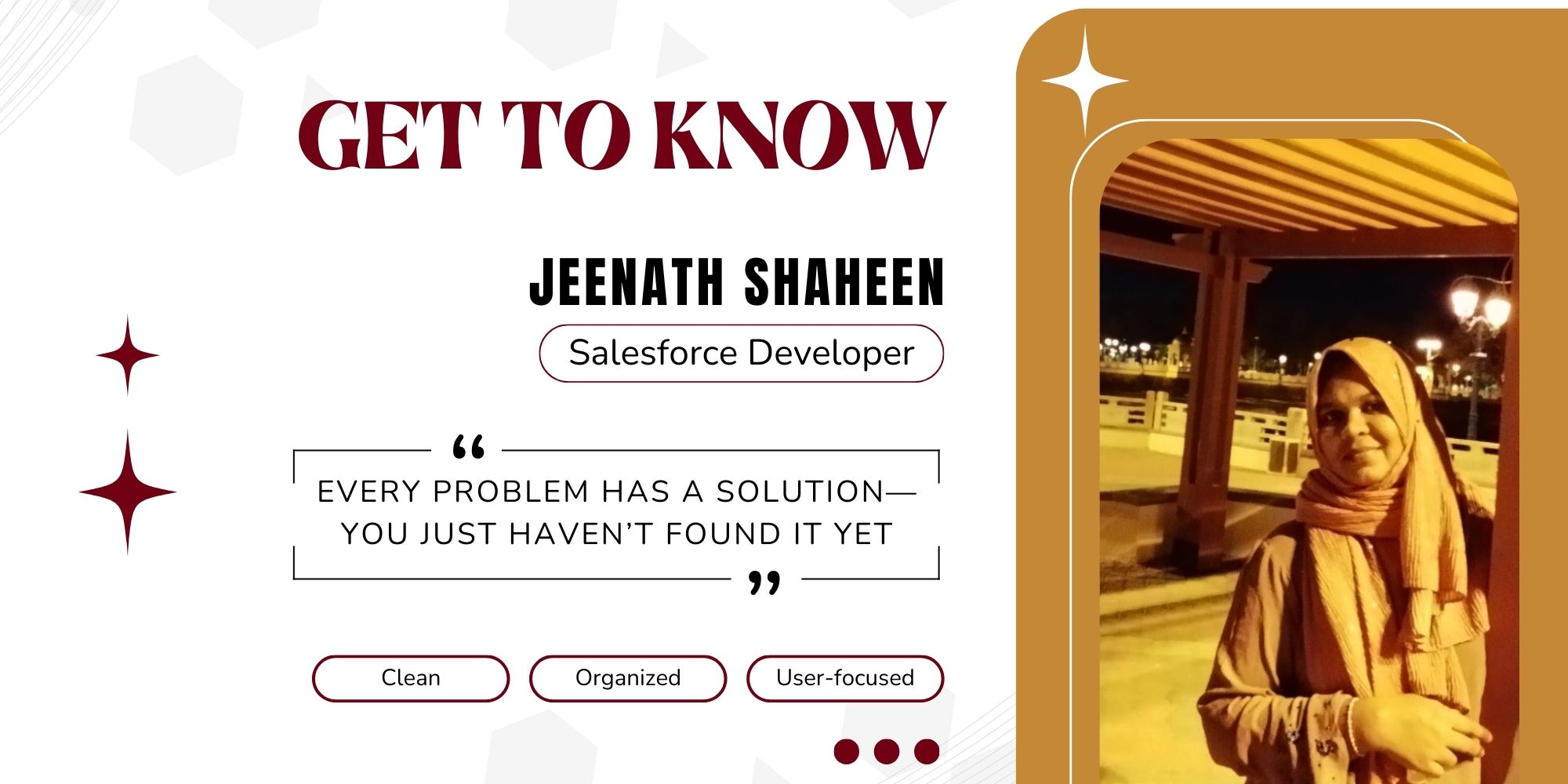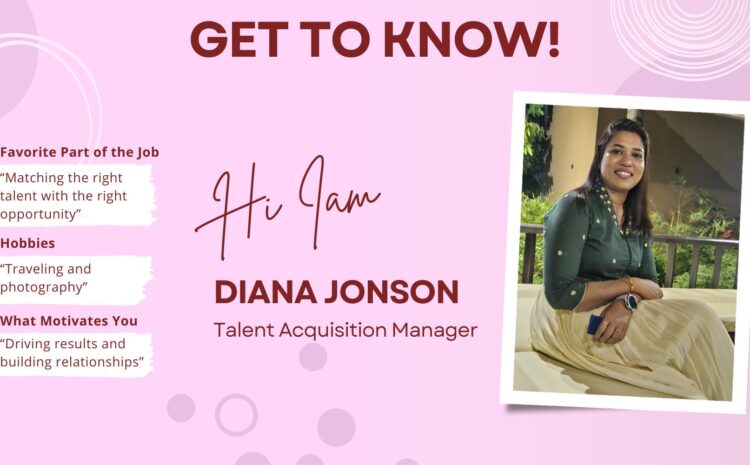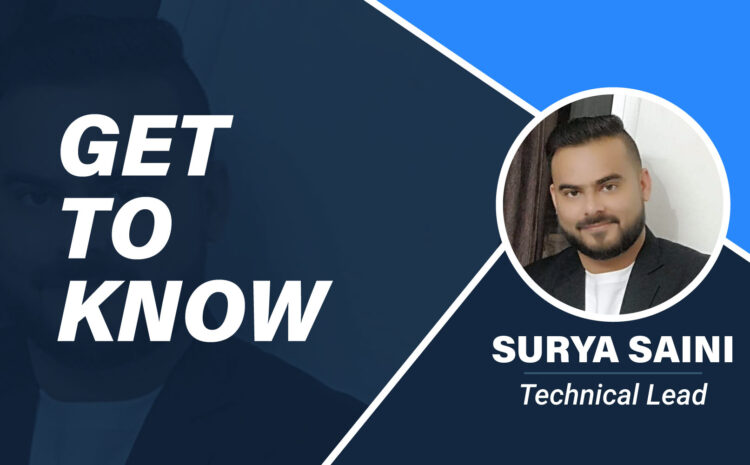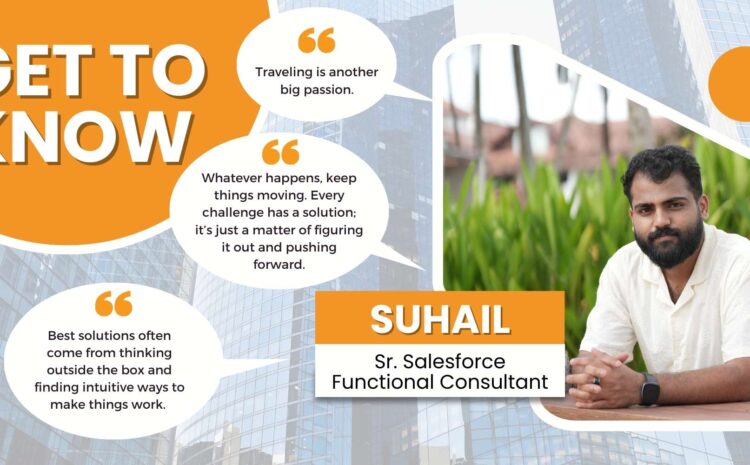About: Jeenath Shaheen is a Junior Salesforce Developer at CloudQ with a strong foundation in building user-friendly, scalable solutions. She discovered Salesforce through Trailhead and was drawn to its unique blend of clicks and code. At CloudQ, she’s contributed to projects involving Lightning Web Components and Salesforce Flow, improving automation and user experience. Passionate about continuous learning and inclusivity in tech, she also enjoys writing to stay creative and balanced in her role.
1. Can you tell us about your journey into Salesforce development and what drew you to become a developer in this ecosystem?
I discovered Salesforce through Trailhead and was immediately drawn to the unique combination of declarative tools and programmatic capabilities. The blend of clicks and code opened up creative possibilities, leading me to a fulfilling career in Salesforce development.
2. What’s one part of Salesforce development that most people overlook, but you find especially powerful or important?
Flow is often underestimated, but it’s incredibly powerful. It enables complex automation through a visual, no-code interface and serves as a bridge between admins and developers, driving efficiency and collaboration.
3. What do you enjoy most about building custom solutions and components on the Salesforce platform?
I enjoy analyzing business requirements and transforming them into tailored, intuitive solutions. The flexibility of the Salesforce platform allows me to problem-solve creatively while building components that improve efficiency and enhance user experience.
4. How do you typically start your day to stay focused and energized for coding and problem-solving?
I begin my day with a clear action plan—prioritizing key tasks and breaking down larger goals into manageable pieces. I take short, intentional breaks to maintain focus and keep my energy levels high throughout coding sessions.
5. When you’re faced with a complex Apex or Lightning Web Component challenge, do you dive right in or step back and strategize?
I always take a step back to strategize. I assess the problem, clarify the requirements, and sketch out a high-level approach before diving into the code. A structured plan saves time and helps build better solutions.
6. If you had to describe your coding style in three words, what would they be?
Clean. Organized. User-focused. I write maintainable, readable code that aligns with best practices and directly supports business goals.
7. Can you walk us through a project you’re particularly proud of and how your development work made an impact?
One project I’m especially proud of is building a Lightning Web Component for BGCD to streamline user enrollment. It significantly improved data accuracy and enhanced the user experience, ultimately reducing admin workload and increasing system efficiency.
8. What aspect of Salesforce development excites you the most—custom logic, UI/UX, integration, or something else?
Custom logic excites me the most. It allows for deep flexibility and control, letting us build intelligent, scalable solutions that truly optimize business performance.
9. Is there a quote, motto, or mindset that keeps you motivated during tough debugging sessions or tight deadlines?
Yes: “Every problem has a solution—you just haven’t found it yet.” It reminds me that persistence, patience, and perspective are key to overcoming any technical challenge.
10. If you could code from anywhere in the world as a Salesforce Developer, where would it be and why?
I’d choose to code from home. The flexibility of a home environment helps me stay focused and energized, while giving me the balance to manage work and life effectively.
11. As a woman in tech, what has been your biggest learning experience, and what advice would you give to young women aspiring to become developers?
My biggest learning experience has been embracing continuous learning and self-advocacy. To aspiring developers: start small, ask questions, surround yourself with support, and don’t be afraid to fail—failure is just feedback in disguise.
12. Who is a woman in tech or leadership you admire, and how has she inspired your path in development?
I greatly admire Reshma Saujani, founder of Girls Who Code. Her commitment to closing the gender gap in tech and empowering women has inspired me to stay confident and contribute to creating inclusive spaces in technology.
13. What’s a skill or hobby outside of work that helps you think more creatively or stay balanced in your role?
Writing is my creative outlet. It helps me process complex ideas, stay mentally clear, and think more strategically—skills that naturally support my development work.
14. If you weren’t a Salesforce Developer, what other role in the ecosystem—Admin, Architect, or Consultant—would you be curious to explore?
I’d be curious to explore the Salesforce Administrator role. It would offer a broader perspective on how technical solutions meet end-user needs and strengthen my approach to problem-solving.
15. How do you celebrate a successful deployment, code merge, or team milestone?
I celebrate small wins with my team—whether it’s a shout-out, a shared coffee, or a walk to reflect. Recognizing milestones keeps morale high and reminds us why the work matters.
16. What advice would you give to someone just starting their journey as a Salesforce Developer?
Start with the fundamentals. Use Trailhead regularly, practice consistently, ask for help when needed, and stay curious. Growth comes with time, persistence, and community.
That’s a wrap on our chat with Jeenath! We hope you enjoyed getting a deeper insight into her journey as a Salesforce Developer at CloudQ. A huge thank you to Jeenath for sharing her experiences, her passion for ensuring quality, and the thoughtful approach she brings to every project.
Curious to learn more about the amazing people behind CloudQ? Check out our full collection of Get to Know stories—each one is packed with inspiration and unique perspectives. You can find them all here. Thanks for reading, and we’ll see you in the next spotlight!




